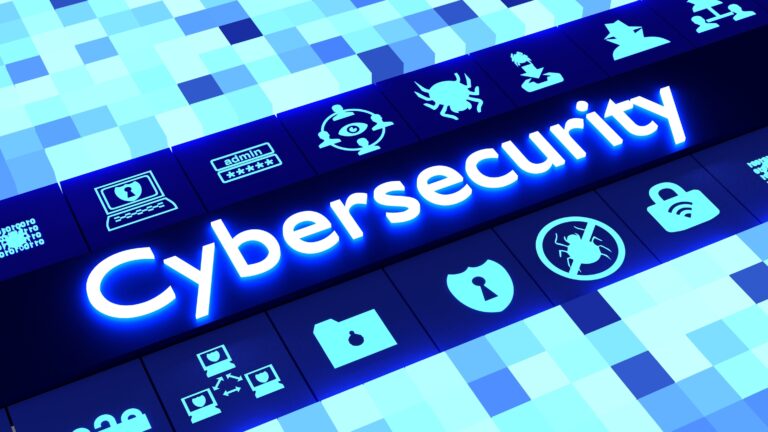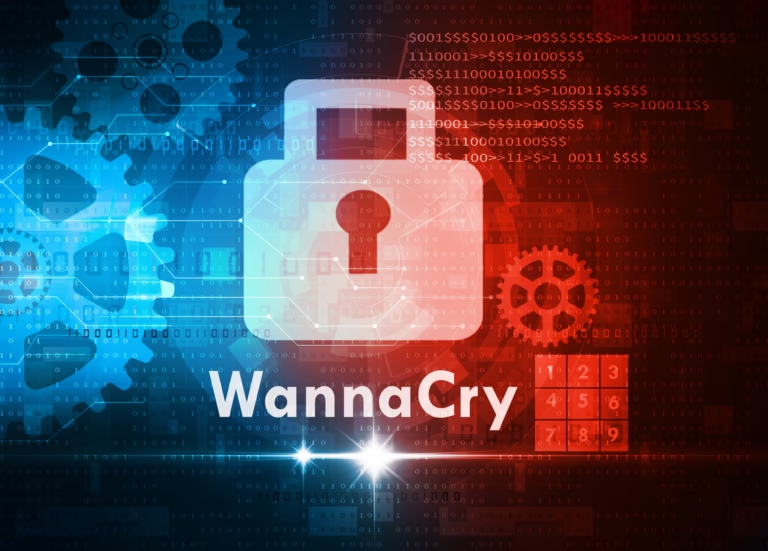Cyber Security
Cyber security uses various technologies, processes, and controls to protect computer networks, programs, devices, and data from ransomware cyber attacks. It aims to lessen the risk of cyber attacks and protect against the illegal misuse of systems, networks, and technologies. Common cyber threats include Backdoors, which allow remote access to computers or systems without the users’ knowledge.
Cryptojacking is the malicious installation of cryptocurrency mining (crypto mining) software. Distributed denial-of-service (DDoS) cyber-attacks aim to disrupt web traffic and take websites offline. DDos manages to do this by flooding systems, servers/networks with more requests leading to system failure. DNS (domain name system) are poison attacks that compromise the DNS and redirect traffic to malicious websites. Formjacking inserts malicious JavaScript code into online payment forms in order to collect customers’ credit card details.
Cyber security professionals have to monitor attacks from malware, which means malicious software. Malware is used to describe any file or program that is intended to harm or disrupt a computer from its normal function. Malware comes in many forms, such as Botnet software designed to infect large numbers of Internet of Things (IoT). Ransomware is capable of encrypting information that demands payment in return for the decryption key. RATs (remote-access Trojans) are a form of malware that installs backdoors on targeted systems.
This provides hackers with remote access and administrative control. Other cyber security threats include Rootkit payloads, such as RATs, viruses, and keyloggers. Hackers use these payloads to gain remote access to machines and can infect the start-up code. Another form of malware is Spyware, which is used unlawfully to monitor computer activity and extract personal information. A Trojan is a sort of malware that conceals itself as genuine software but implements malicious activity when executed.
A computer virus is a part of the malicious code that is installed without the user’s knowledge. Cyber security must defend itself from viruses that can replicate and spread to other computers by connecting themselves to other computer files. Worms are like viruses as they are self-replicating. However, they do not need to attach themselves to another programme in order to cause damage.
You are here:
home » cyber security


















